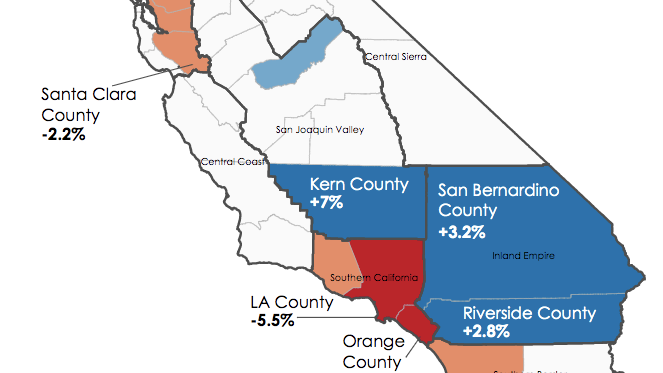Planning for Housing in California: Research on the Housing Element Law
Lewis Center researchers have researched multiple aspects of California’s housing law, bringing new data and analysis to advance goals of housing affordability and a more equitable distribution of housing stock. State law requires that every city and county in California update the Housing Element of its general plan with sufficient new housing to accommodate household growth at different income levels every eight years. Significant changes to this law in 2017 mean that the updates jurisdictions are undertaking between 2021 and 2023 across the state have the potential to increase opportunities for new housing development and Affirmatively Further Fair Housing in a way that previous planning efforts did not.
Research and Resources
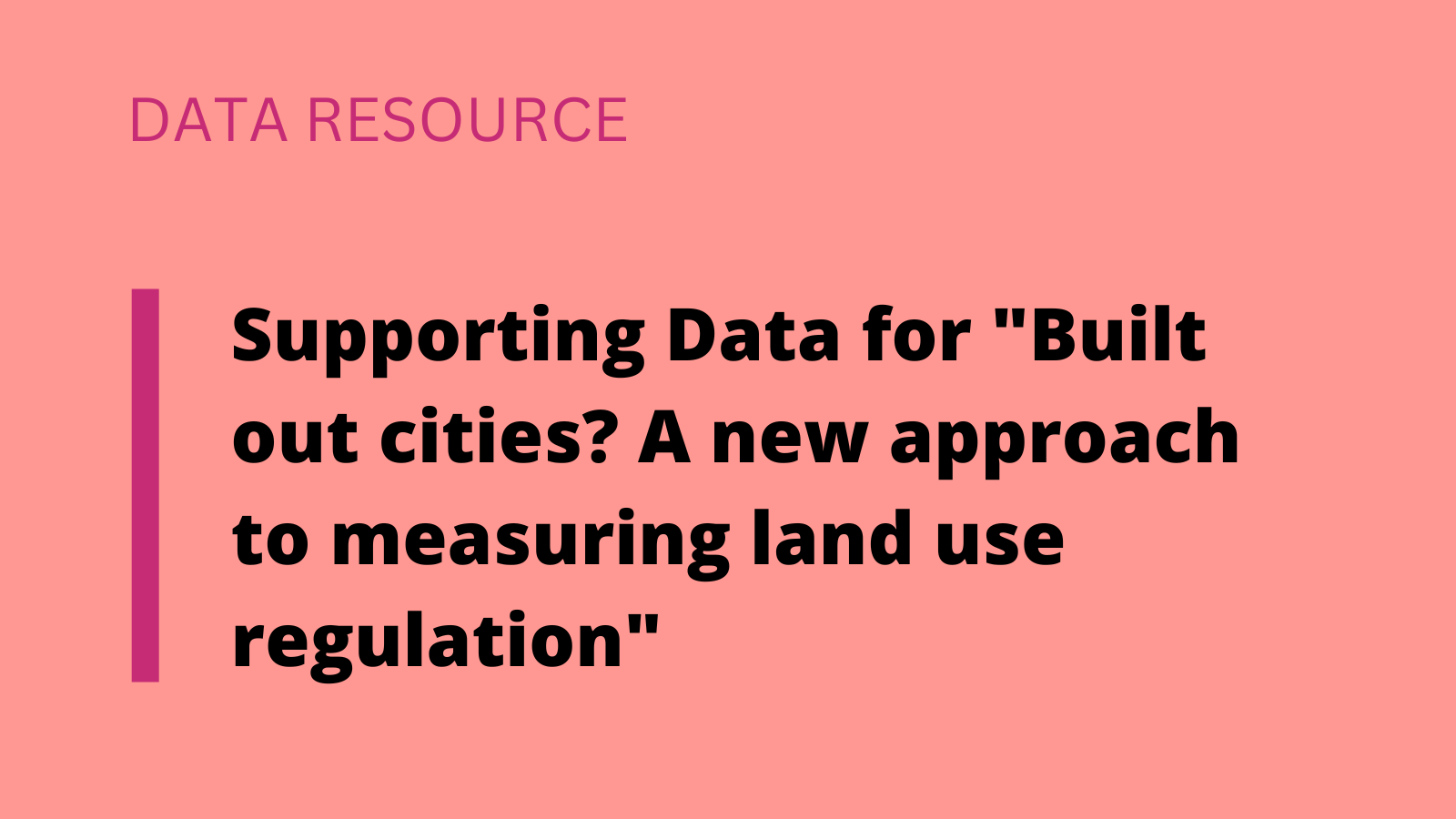
2024
This is supporting data for Built out cities? A new approach to measuring land use regulation. This dataset contains fifth-cycle city-reported unbuilt unit capacities and the RHNA allocations for the fifth and sixth housing element cycles.
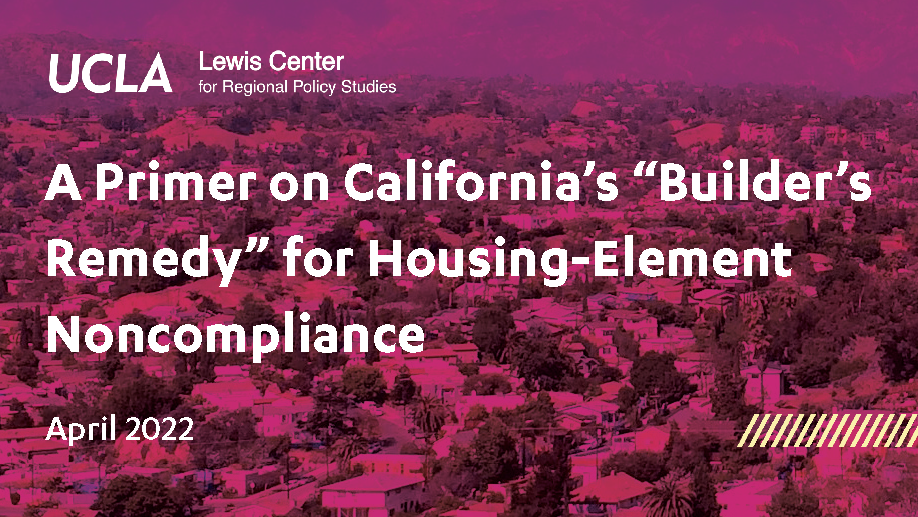
2022
Since 1990, California allows developers of affordable housing projects to bypass zoning codes and general plans of cities out of compliance with the Housing Element Law. Why aren’t there more builder’s remedy projects?
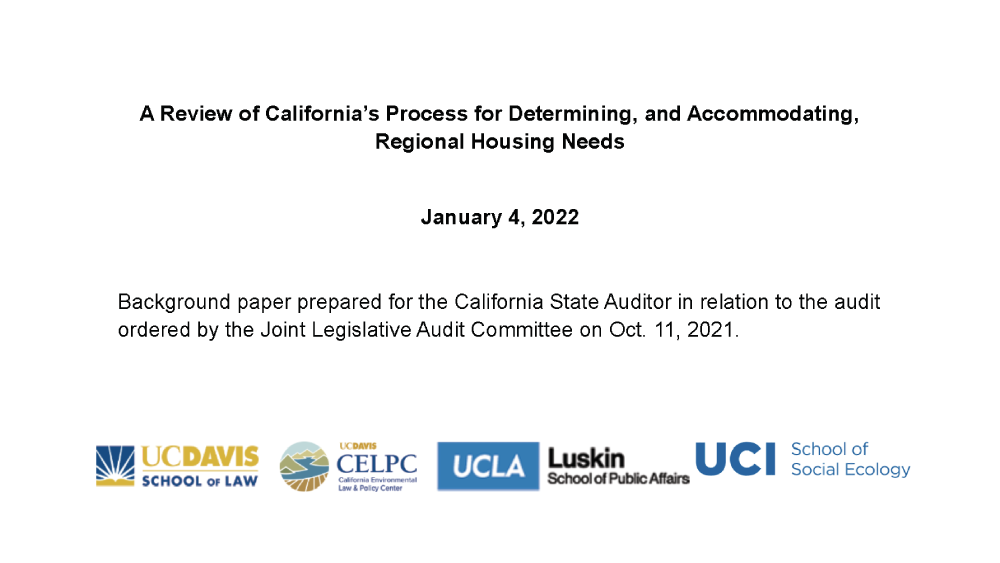
2022
This background paper was prepared for the California State Auditor in relation to the audit ordered by the Joint Legislative Audit Committee on Oct. 11, 2021. The primary goal is to provide big-picture context for California housing, in the hopes that this will help to organize and focus the audit on matters of consequence.
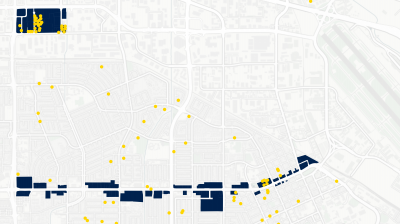
2021
As cities across the state begin updating their local housing plans, attention is turning to whether plans will lead to needed housing development. This report analyzes local plans and housing development rates in nearly 100 cities in the San Francisco Bay Area to assess production on sites presented as apt for housing.
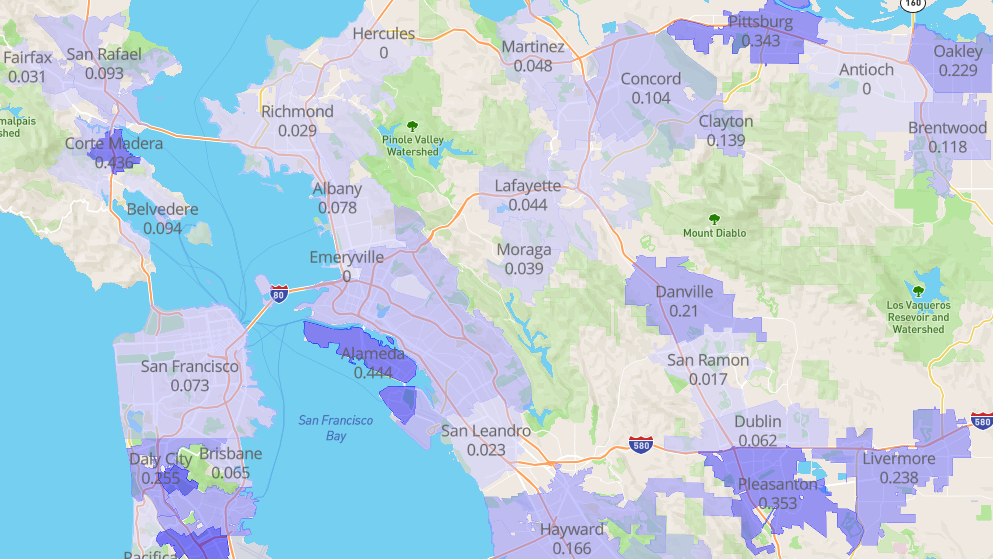
2021
This map is a companion to the Lewis Center report, “What Gets Built on Sites that Cities ‘Make Available’ for Housing?”, and allows you to visualize likelihoods for vacant and nonvacant sites.
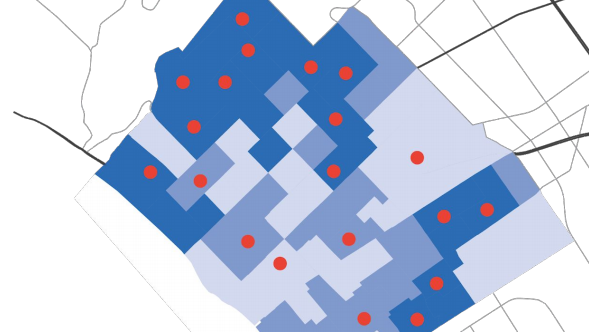
2021
California cities and counties are now required to Affirmatively Further Fair Housing (AFFH) in their Housing Element updates. This tool quantifies to what extent jurisdictions are making it possible to build affordable housing in their higher-income neighborhoods rather than continuing with the status quo.
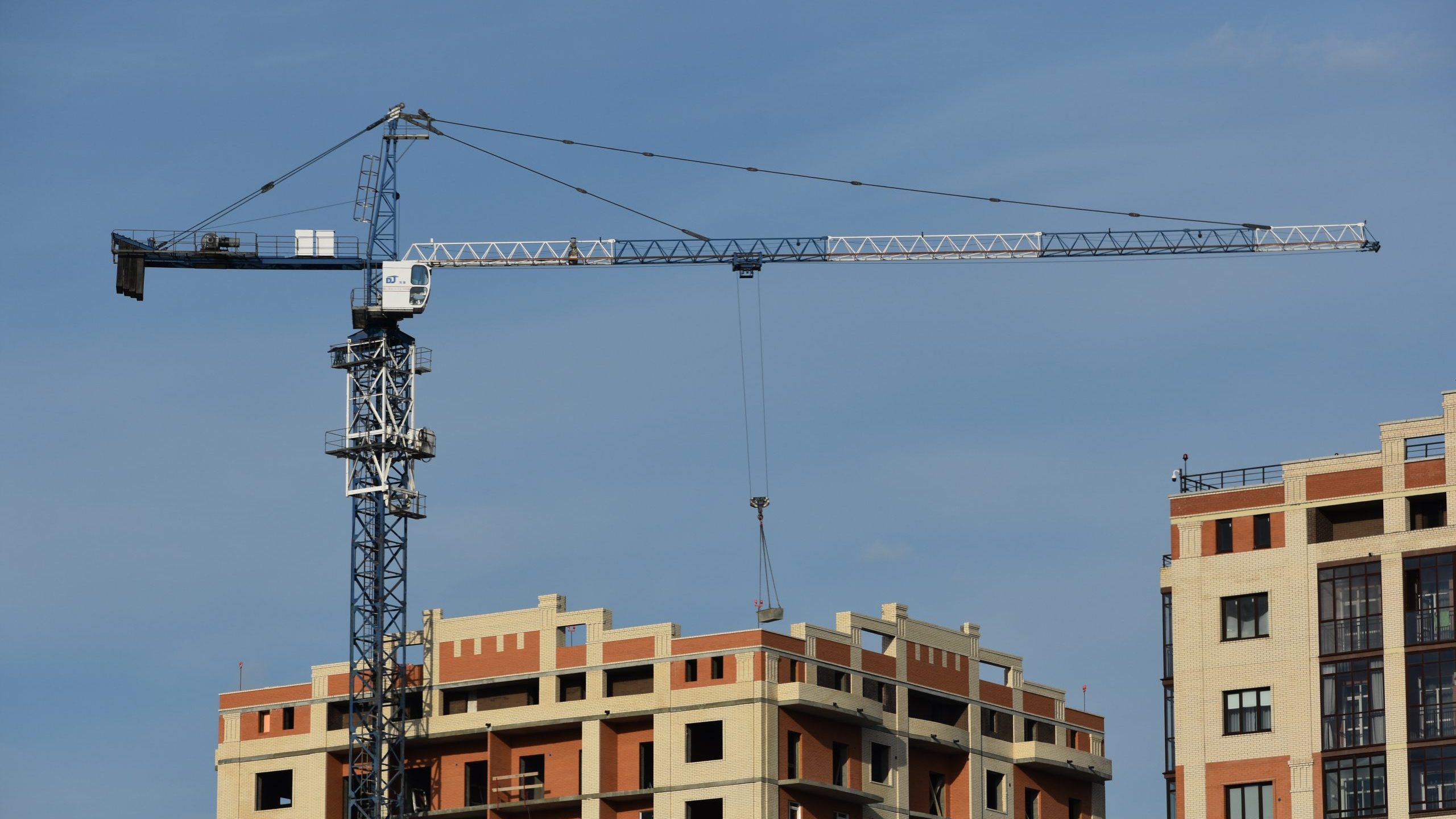
2021
An explanation of how city councils and planning departments can use the housing element law to increase housing supply, but find themselves constrained by neighborhood-level opposition to change.

2020
The San Francisco Bay Area’s housing target fails to account for the fact that the region leads the nation in super-commuters, many of whom work in the Bay Area but have been driven to live outside of it.
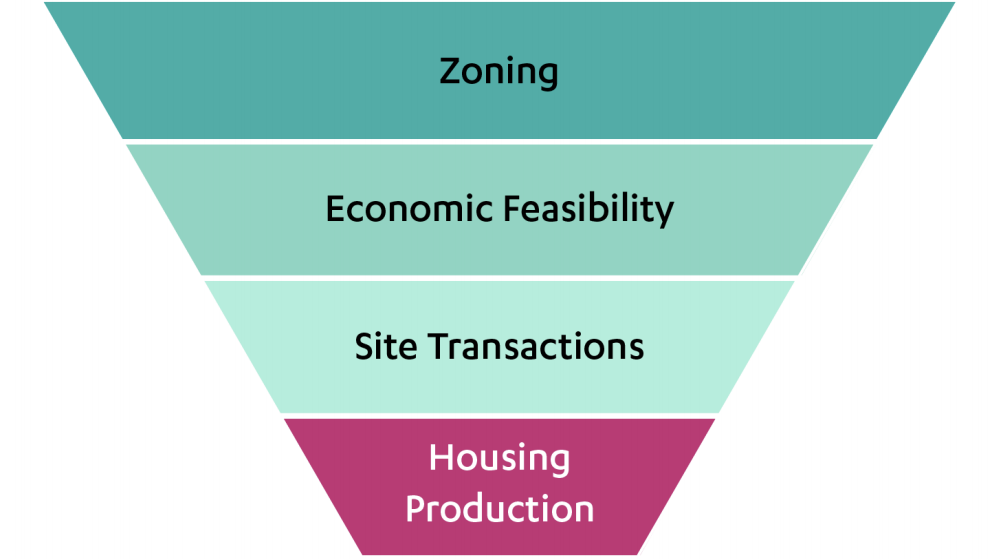
2020
An estimate of the market-feasible production if the state were to allow fourplexes on single-family parcels and analysis of how these impacts vary across regions and cities.
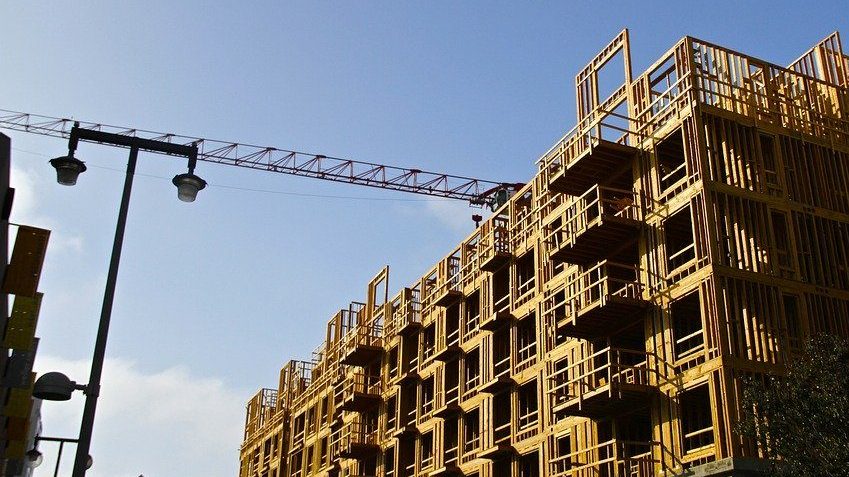
2020
Local governments face new rules as they begin updating their local Housing Elements for the 2021-29/2022-30 planning period. This brief proposes a new way for cities to approach the sites inventory to meet their housing targets, moving beyond simply identifying vacant and underutilized parcels.

2019
In recent years, the state legislature has passed bills seeking to reform California’s Housing Element Law. This brief highlights a sometimes misunderstood feature of the law’s core planning tool: the RHNA process.


